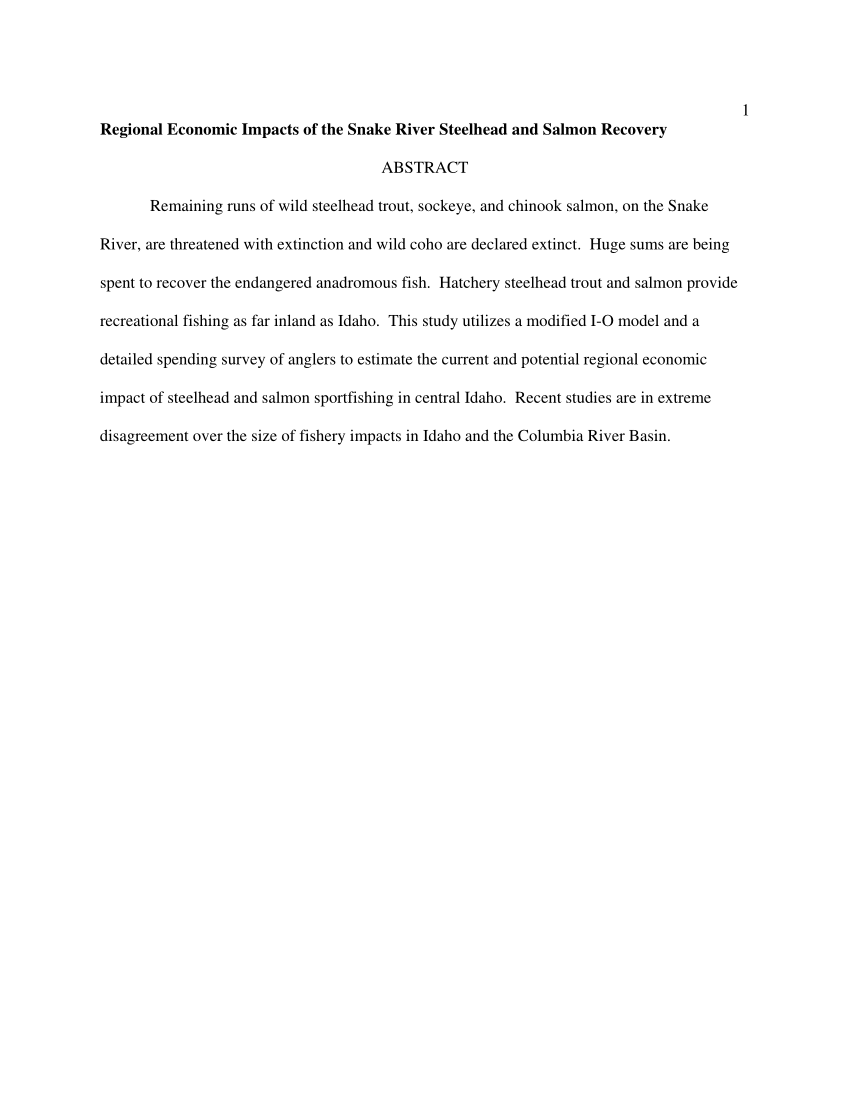BigHornRam
Well-known member
Rogerson Idaho doesn't have a lot of backyards and probably the main reason they want to put a solar farm there. I was just asking how many acres of elk and deer habitat would be displaced by this subsidized solar farm.A fundamental factor in most of these decisions is Nimby-ism. It's easy to make decisions that won't affect you personally. See nearly every example of ballot box biology and most examples of ballot box climate control.






